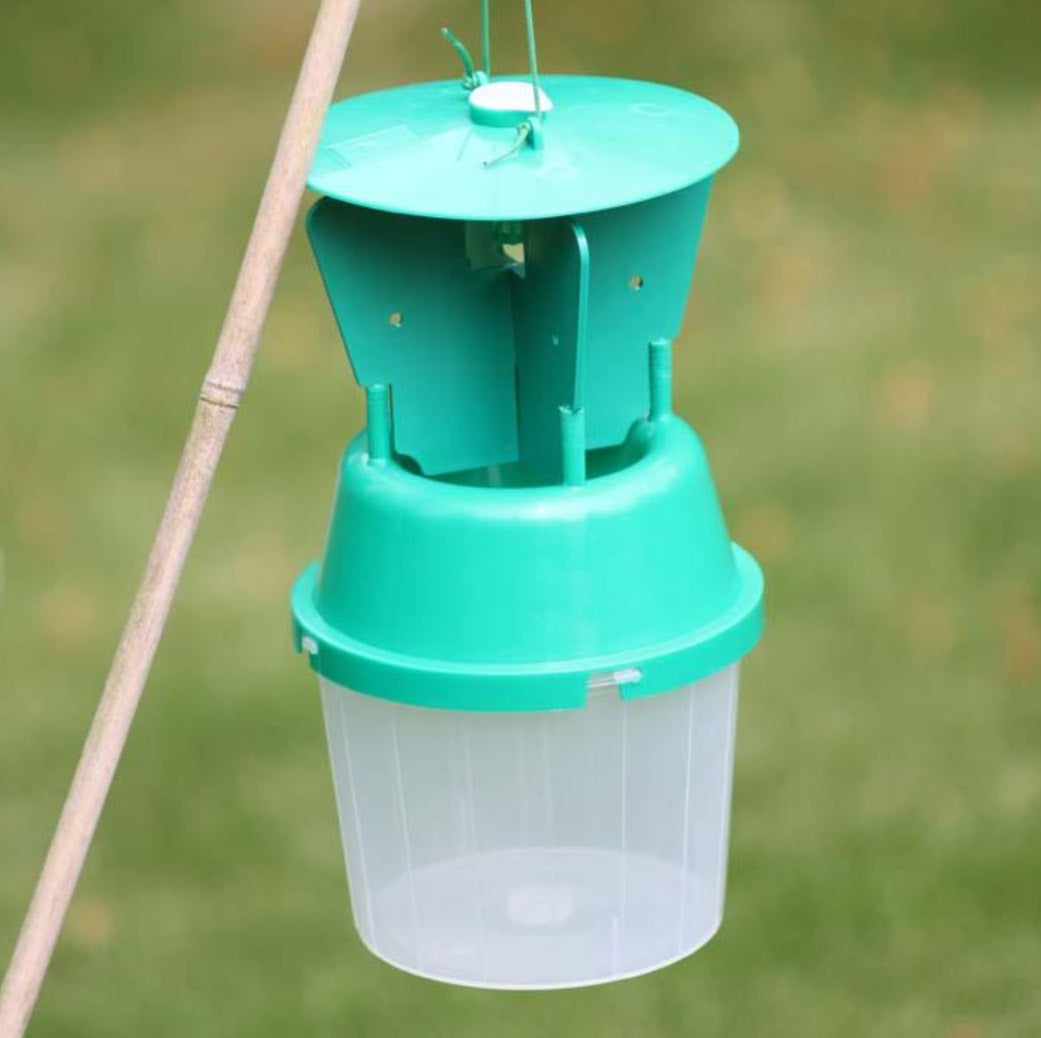Chafer Grubs
Introduction
Chafer Grubs are the larvae of the Chafer Beetle. There are six species in the UK, though commonly the main problems on lawns are caused by just two species: The Garden Chafer and the Welsh Chafer.
The grubs feed on plant roots causing primary damage as the turfgrass dies back due to a lack of water and nutrients.
Significant secondary damage can also occur as predators such as starlings, rooks, crows, jackdaws, magpies, foxes and badgers dig up the turf in search of an abundant high protein feed lying just beneath the surface.
Identification
Chafer Grubs have stout white bodies curved in a C shape, light brown heads, with three pairs of legs and darker patches at the base of the abdomen. They are generally bigger than the adult beetles with sizes varying according to species. The adult chafer beetles are much easier to identify to species level.
The cockchafer is the largest of the six UK chafer species at 30 mm. The garden and welsh chafer are 10 mm with metallic blue-green head and 15 - 20 mm with brown head respectively.
Methods Of Control
Control is best achieved through the use of an Integrated Pest Management (IPM) plan. An IPM plan helps site managers to understand the pest within the context of their site and to take appropriate action to help reduce the threat of damage before it has become a problem. Steps within an IPM plan include:
- Identify the pest.
- Map the site and set priority levels for different areas.
- Set action thresholds.
- Monitor the pest.
- Take appropriate action once action thresholds have been exceeded.
- Review the process and make changes as necessary.
Monitoring
Monitoring the active life cycle of the chafer beetle by implementing Chafer Pheromone Traps from May through to June will help to reduce the adult beetle egg laying and give valuable warning that chafers are present. The adult males are drawn into the chafer beetle trap by means of a pheromone attractant lure. Once the Garden Chafer beetles fly into the trap, they hit the plastic vanes on top, and are funnelled down inside, where they are unable to escape.
Monitoring the active life stage of insect pests forms an integral part of Integrated Pest Management and allows for better informed application timing of Entomopathogenic Nematode treatments.
Cultural Control
As with most problems the symptoms can be relieved more effectively prior to the onset of problems or when symptoms are first noticed. Scarify and aerate turf in the autumn. Where there is a history of infestation, compress the turf by rolling it in the spring.
Chemical Control
Currently, there are no approved insecticides for the control of chafer grubs; although, in 2018 and 2019 emergency authorisation of Syngenta insecticide Acelepryn was approved for the control of chafer grubs and leatherjackets. The Emergency Authorisation is authorised for a limited window within each calendar year and the specific details of this are likely to change from one authorisation to the next. For specific details on the status of Emergency Authorisation for this issue, contact our technical sales advisors.
Biological Control
The nematodes are beneficial macroinvertebrates which can be used as an effective biological control for chafer grubs. Nematodes are the most abundant multicellular organism on Earth. They are a very diverse group of animals with an estimated 1 million species adapted to specific ecological niches. The group of nematodes that are used to control Chafer Grubs are host specific. The species used to control chafer grubs are; Heterorhabditis bacteriophora. They are native to Britain, persistent in the soil for long-term control and are safe for users and the environment. The nematode penetrates the grub and releases bacteria (Photorhabdus spp.) that kill the chafer grubs by stopping them feeding.
Nematodes need to be applied to moist soil in affected areas during August and early October when the soil temperatures are in excess of 12oC (54oF) and the grubs are active. Sufficient water should be applied after application to ensure the nematodes are washed into the soil profile.
The lifecycle of a Chafer Grub is illustrated below and explains that the most effective time to apply nematodes will be between mid-July and mid-October. At this time the larvae are at the top of the soil profile and large enough to encounter the nematodes.
Download or view our Integrated Pest Management leaflet for more information on Chafer Grub control.
Links
- Integrated Pest Management Leaflet
- Chafer Pheromone Traps
- Chafer Grubs - The Organic Solution
- Pests: The Chafer Grub
For further information, please contact a member of our technical sales team on 01902 440250.









